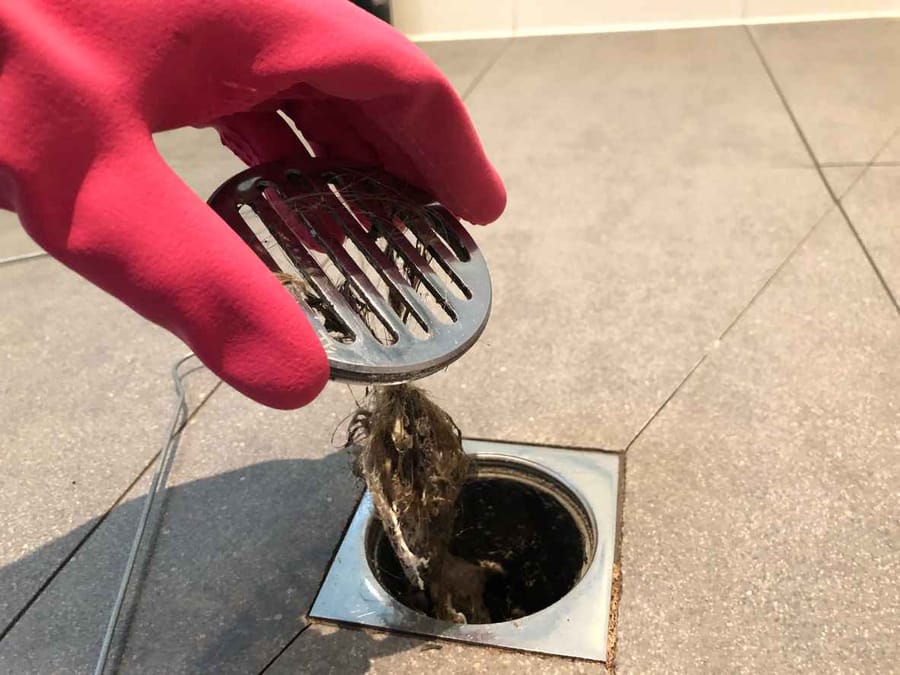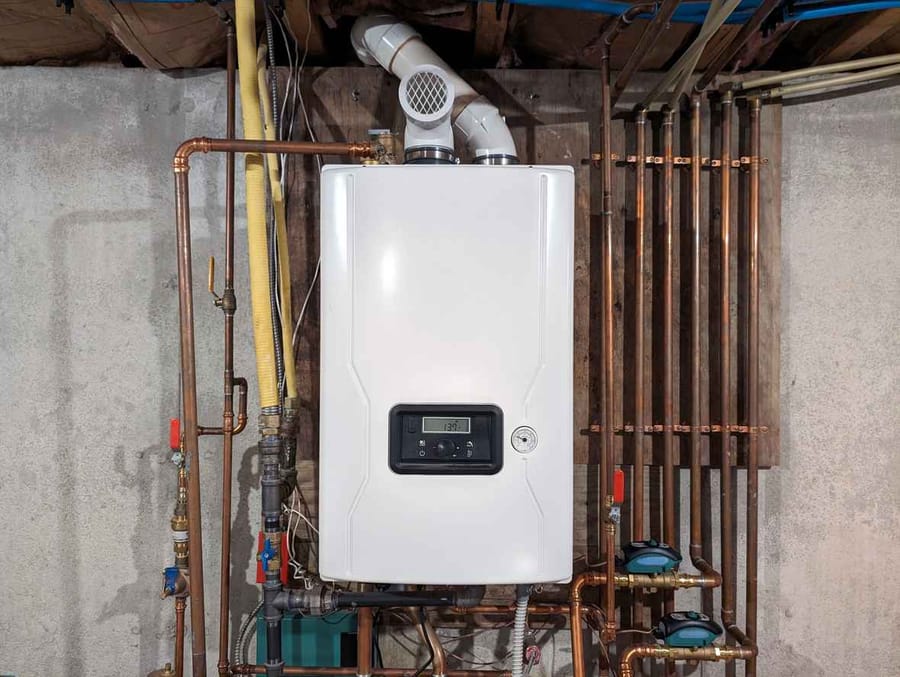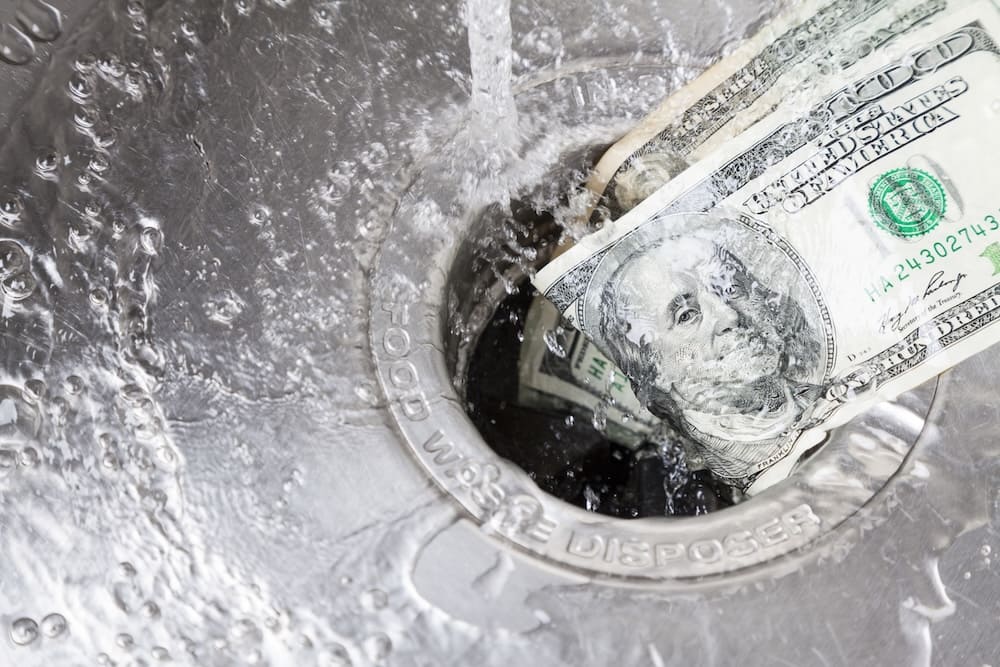Proudly serving Ponte Vedra, FL. and Surrounding Areas
How to Unclog a Shower Drain

A clogged shower drain can turn your relaxing rinse into a stressful mess. Slow drainage, standing water, and unpleasant smells are all signs something’s stuck. It’s a common plumbing issue—but luckily, it’s one you can often solve on your own.
Understanding why clogs happen and how to address them can save you time and money. Acting fast also helps prevent damage to your pipes and avoids messy backups. In this blog, we’ll walk through how to unclog a shower drain, what causes the blockage, and when it’s time to call a professional.
What Happens Your Shower Drain is Clogged
Shower drain clogs usually develop gradually, starting with water that takes longer than usual to drain. Eventually, you might find yourself standing in a puddle by the end of your shower. These clogs not only slow down your drainage—they can trap soap scum and bacteria, causing bad smells and creating a breeding ground for mildew. Left untreated, the pressure buildup can even strain your pipes and lead to leaks or water damage.
Key Signs Your Shower Drain is Clogged
A clogged shower drain doesn’t usually happen without warning. It starts with subtle signs that build up over time until water is pooling around your feet. Recognizing these early clues can help you take action before the problem worsens.
Water Pooling in the Shower
If water starts to collect and linger while you shower, it’s a clear sign the drain isn’t clearing properly. This is often the first indicator of a developing clog.
Slow Drainage
You may notice it takes longer for the water to empty from the shower pan. This usually means something is beginning to restrict the water flow.
Foul Odors
Unpleasant smells coming from your drain could be the result of built-up hair, soap, or mildew causing bacteria to grow within the clog.
Gurgling Noises
Strange sounds from the drain, like gurgling or bubbling, suggest trapped air trying to escape due to a blockage deeper in the line.
What Causes Shower Drain Clogs
Clogs in shower drains are common and typically result from a combination of everyday substances. These items build up over time and eventually create a stubborn blockage that disrupts water flow.
Hair Buildup
Hair is one of the most common culprits. As it collects, it tangles with soap scum and creates a net that traps other debris.
Soap and Shampoo Residue
Bar soaps and body washes often contain fats and minerals that stick to the inside of the drainpipe, narrowing the opening and catching more debris.
Mineral Deposits
In areas with hard water, minerals can collect and harden inside the drain, adding to clog formation.
Foreign Objects
Small items like razor caps or shampoo seals can accidentally go down the drain and become lodged, contributing to the clog.
How to Clear a Clogged Shower Drain
Once you’ve identified the problem, there are a few reliable ways to clear it depending on the severity. Simple blockages may only require household tools, while stubborn clogs might need stronger methods or professional help.
Remove Visible Debris
Start by removing the drain cover and using gloves or a hook to pull out any visible clumps of hair and grime.
Use a Plunger
A standard plunger can sometimes dislodge minor clogs. Ensure the drain is covered and create a good seal before plunging a few times.
Try a Drain Snake or Zip-It Tool
These tools are designed to reach into the pipe and grab or break up hair and buildup, making them very effective for shower clogs.
Flush with Hot Water and Baking Soda
A natural mix of baking soda followed by vinegar, then flushed with hot water, can help dissolve mild clogs without using harsh chemicals.
Tips to Prevent Future Clogs
The best way to deal with a clog is to avoid it altogether. With just a few simple habits, you can keep your shower drain clear and flowing smoothly.
-
Use a Hair Catcher: Install a mesh drain screen or hair catcher to trap hair before it enters the pipe.
-
Flush Drains Monthly: Pour hot water down the drain once a month to help prevent buildup.
-
Be Mindful of Products: Choose body washes and shampoos that don’t leave heavy residues.
-
Clean Drain Covers Regularly: Remove and rinse the drain cover every week to avoid buildup from collecting underneath.
Don’t Let a Small Clog Turn Into a Big Problem
A clogged shower drain is a common issue, but it’s also one of the easiest to catch early and fix. Whether you go the DIY route or call in the pros, keeping your drain clear will help you avoid costly plumbing repairs down the road. If your shower is slow to drain or completely backed up, PV Plumbing Services is here to help with expert drain cleaning solutions. Contact us today!
Schedule your Worry-Free Service Today







